The Gardens Around the National Mall Are Growing Giant Nests and Fanciful Tunnels
The new exhibition “Habitat” is a whimsical, art-filled lesson on ecosystems and how they work
/https://tf-cmsv2-smithsonianmag-media.s3.amazonaws.com/filer/77/b2/77b2a565-244c-40ed-be67-823311fad017/6_bug-bb-b.jpg)
For decades, the millions of annual visitors to the Smithsonian have enjoyed the meticulously tended flowers and plants around the various buildings without realizing that the Smithsonian Gardens has been an accredited museum as well since 2012.
Even so, it has never had a special exhibition that encompasses the gardens and grounds from the National Museum of African American History and Culture to the National Museum of the American Indian.
That changes with the current, Smithsonian campus-wide “Habitat” that celebrates the interconnectedness of the gardens and its visitors, using large and fanciful sculptures along the way.
“For the first time in 47 years, the exhibition has tied all the gardens together,” says Smithsonian Gardens director Barbara Faust. The 14 different exhibits include not only the best known gardens at the Smithsonian, such as the formal Enid A. Haupt Garden behind the Smithsonian Castle, but also flourishes in corners outside museums that might otherwise be ignored, such as a former loading dock at the National Museum of American History, where Washington, D.C. artist Foon Sham’s sculpture Arches of Life demonstrates the role that dead wood plays in providing microhabitats and sources of nutrients for many living organisms in carbon storage and soil stability.
Supervisory Smithsonian Gardens horticulturist Brett McNish says the work first appeared as Escape, a one-piece 62-foot long tunnel of wood of varying heights outside the American University’s Katzen Arts Center.
Taken apart and separated into six sections, it covers a much longer distance at the Smithsonian Gardens. Already the artwork has attracted scores of families and young people who walk, run—or in some cases use rented, motorized scooters—to pass through their openings, which lead right to other gardens some passerby may have missed on the way to the American History Museum.
It all works with the central mission of the Institution there, McNish says, showing that “environmental history is an important part of American history.”
/https://tf-cmsv2-smithsonianmag-media.s3.amazonaws.com/filer/db/28/db287fa9-6083-4db8-b1e5-cf541bfa6c3c/9_sign-of-the-dragonfly-a.jpg)
Sham’s work is a recurrent highlight of the “Habitat” exhibition. His 12-foot-high wooden Mushroom at another corner of the American History Museum, stands like a giant doorknob to the underground, illustrating how vast networks of interlocking, sub-surface strands link plants to one another. Sourced from elm, cypress, oak, birch and katsura from elsewhere on the Smithsonian Gardens campus, it’s meant to show the symbiotic relationships between seemingly unrelated organisms in a habitat.
Another 12-foot work from Sham, titled Vascular Form XI, Unbound is a centerpiece of an exhibit showing how native wildflowers attract beneficial bugs that pollinate vegetable gardens, orchards and croplands.
Other installations in the campus-wide exhibition originate from Smithsonian Gardens staff or artists borrowed from the Smithsonian Folklife Festival staff. One of the most striking are the oversized nests outside the National Museum of Natural History, from a giant mud nest hanging ominously from a branch to a bigger than usual landing platform for an Osprey nest. An “urban nest” is built from random city litter as well as twigs and leafs, with plastic bottles, potato chip wrappers and cigarette butts woven in among the twigs.
But Smithsonian Gardens horticulturalist James Gagliardi says the large eagle’s nest, also on display, is not that much larger than the largest that have been found. To construct them, he says, “we worked like birds.” But he added that the winged visitors of the Urban Bird Garden—and squirrels too—may be borrowing materials for themselves from the artworks and using them for their own nests, which might unravel them a bit before the exhibition closes in December 2020.
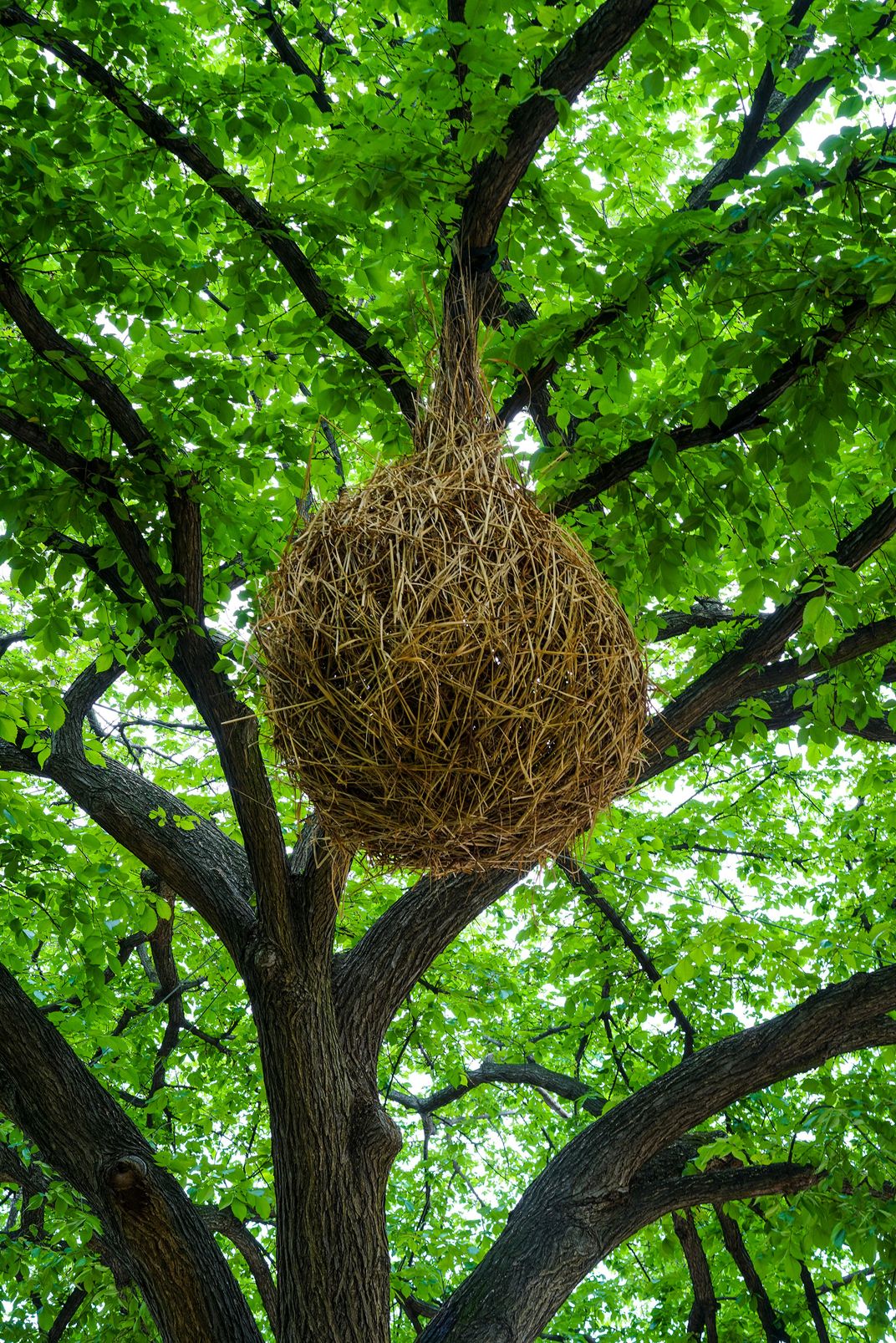
On the other side of the Natural History Museum, along a pedestrian walkway that became the Pollinator Garden in 1995, stylized wooden insects illustrate the creatures’ vital role in ecosystems. Inside the wooden sculptures are a variety of natural materials collected to aid in creating homes and nests for insects—a bugs-within-bugs effort in a display called “Bug B&B.”
Aluminum sculptures of dragonflies in the Enid A. Haupt Garden are decorative only, helping show how the presence of dragonflies indicates the health of an ecosystem—they need clean water to thrive. The dragonflies are located near an arrangement of succulent plants meant to fill in for coral reefs as living organisms, and a “Key to the Forest” display shows how a single species can play a critical role in the life of an ecosystem. In this case it’s fig, which sustains many species with its year-round fruiting.
The stylized framed homes installed at the Mary Livingston Ripley Garden between the Hirshhorn Museum and the Arts & Industries Building show how gardens can help provide homes for birds, bees and other insects.
Often, the displays are designed to coincide with the adjoining museum. Native species are arranged at the National Museum of the American Indian. Nurturing branches of southern live oak are celebrated outside the National Museum of African American History and Culture.
At the National Air and Space Museum, a “Habitat of Flight,” shows how birds and flying insects inspired early inventors of human flight.
One of the exhibits, however, isn’t out of doors at all. “Biomes: Life in the Balance” is indoors at the S. Dillon Ripley Center, the underground gallery and conference center that connects the National Museum of African Art, the Freer Gallery of Art and the Arthur M. Sackler Gallery. With silhouettes of animals, it displays how plants and animals adapt to human activities as well as specific ecosystems—aquatic, desert, grassland and, presumably, underground passageways.
At least one of the sites will continue to be a habitat after the Smithsonian Gardens’ inaugural show is over. The Monarch Waystation with milkweed and other plants to attract them at the Hirshhorn Museum and Sculpture Garden is one of 23,500 designated spots created by the conservation group Monarch Watch.
Overall, Faust says the exhibition “underscores Smithsonian gardens’ mission to inform people on the importance of plants in our cultural and natural worlds.” She said she hopes it will also help introduce people to the rich museum holdings outside the buildings. “We hope they’ll come back too.”
“Habitat” continues at 14 sites on the Smithsonian campus on the National Mall in Washington D.C. through December 2020.
/https://tf-cmsv2-smithsonianmag-media.s3.amazonaws.com/accounts/headshot/RogerCatlin_thumbnail.png)
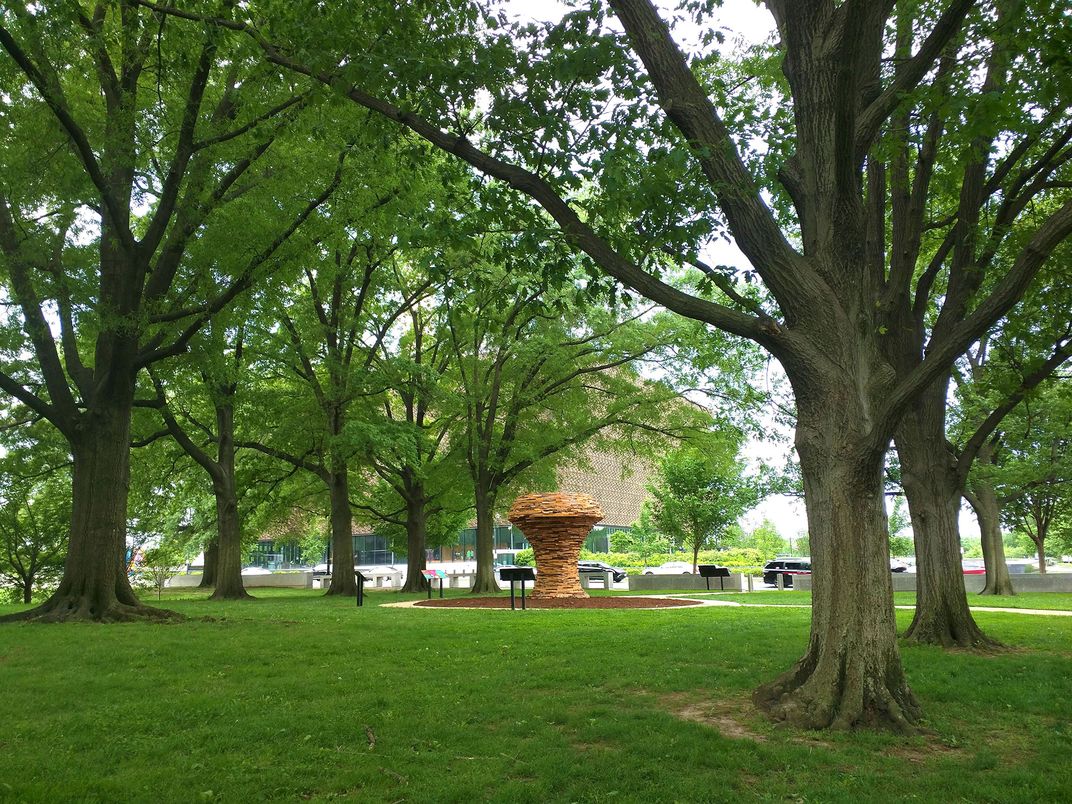
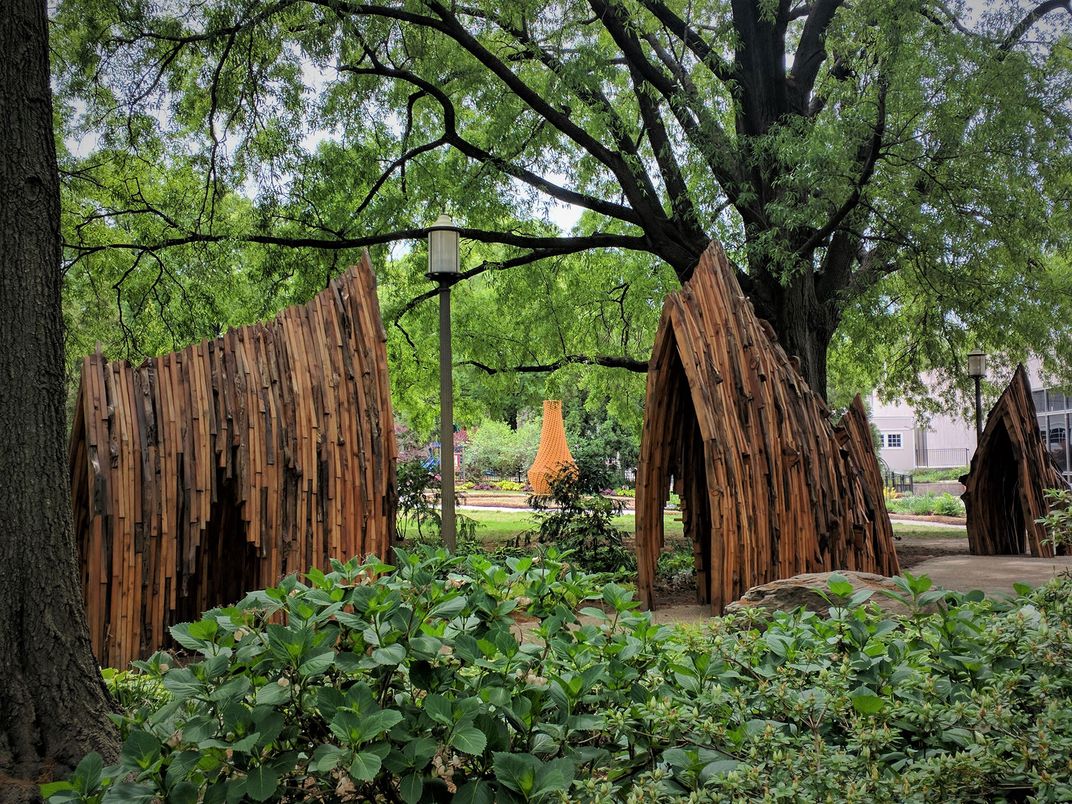
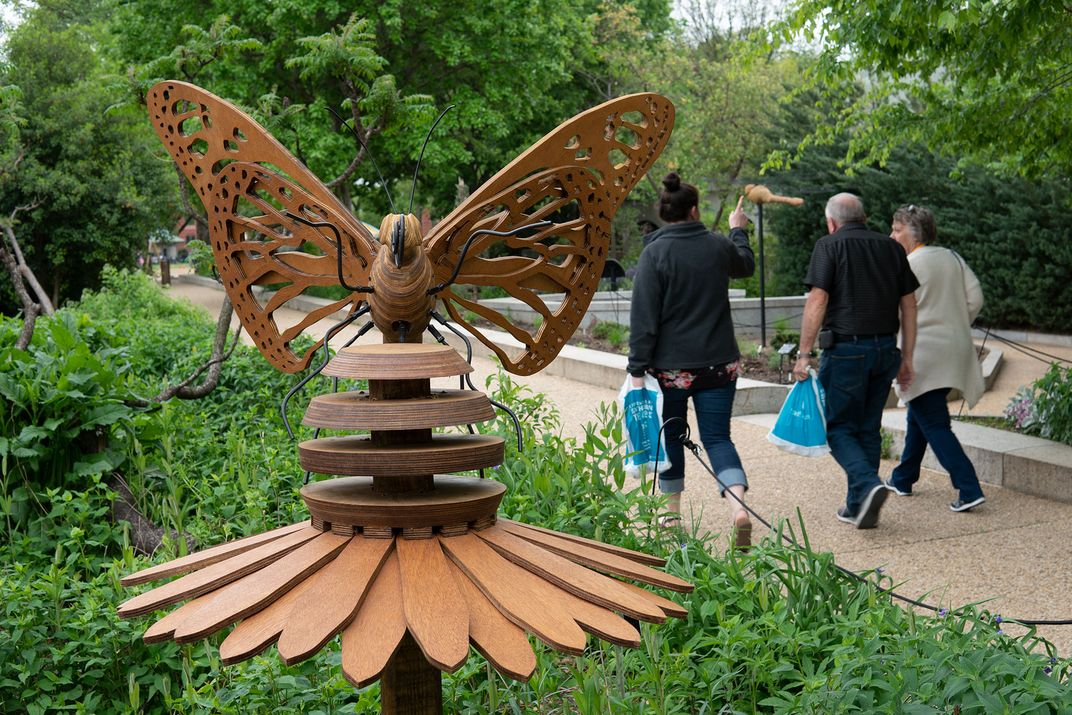
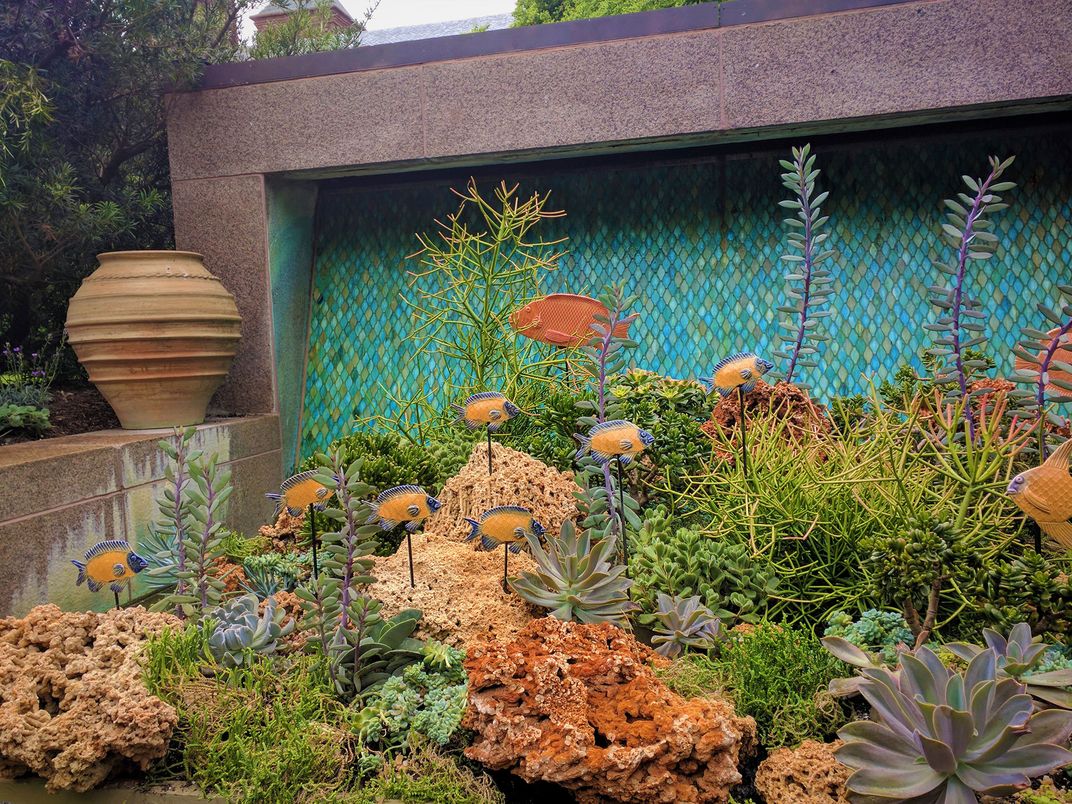
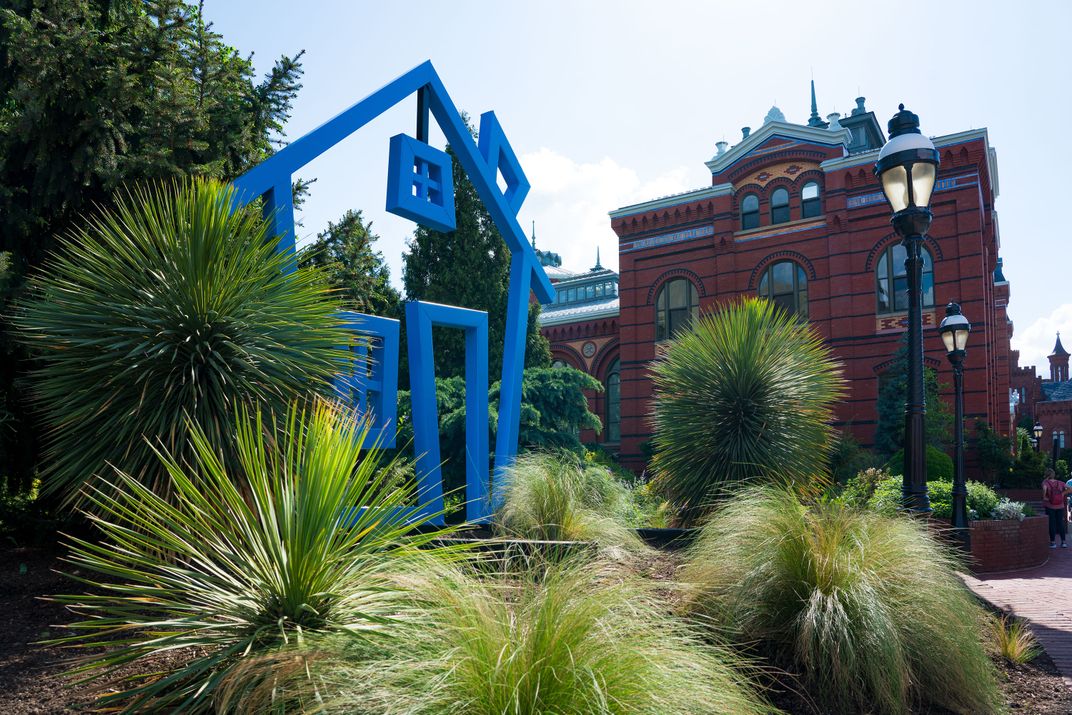
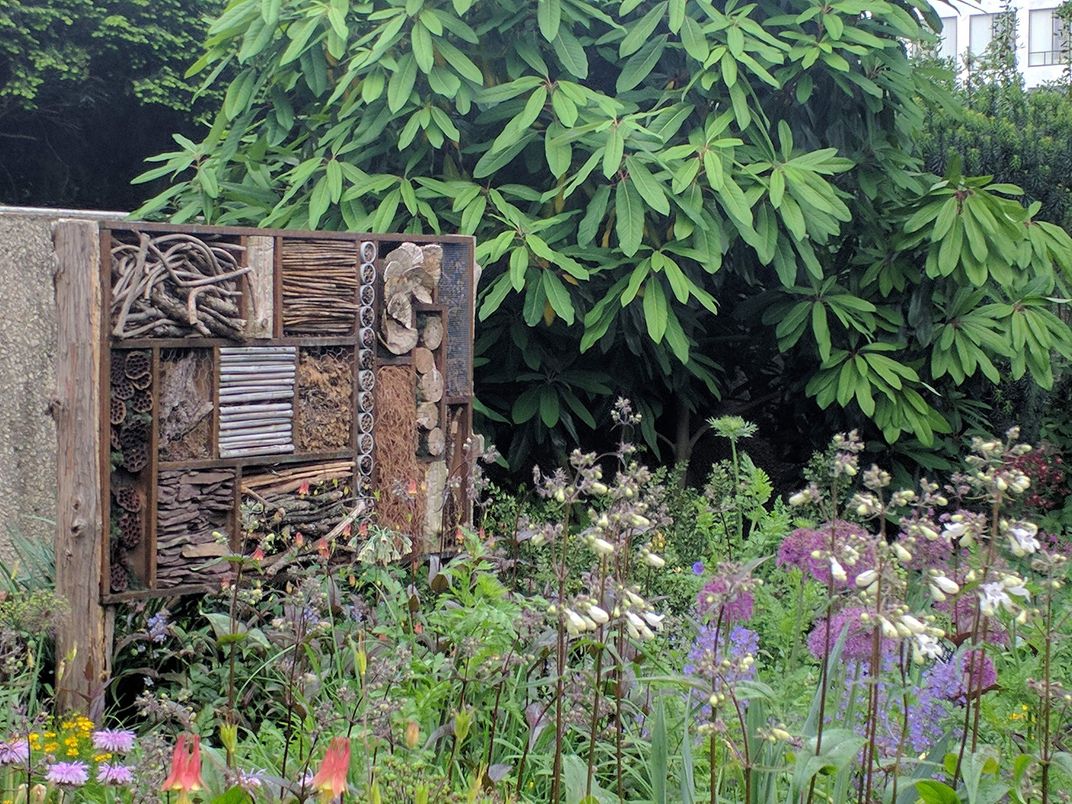
/https://tf-cmsv2-smithsonianmag-media.s3.amazonaws.com/accounts/headshot/RogerCatlin_thumbnail.png)